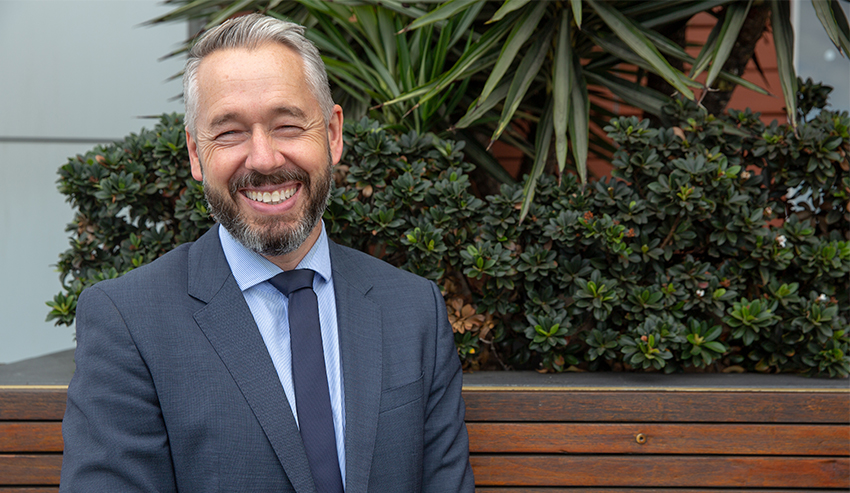When it comes to advanced systems for Australia’s new submarines, it’s not so much what’s available now but what will be at the leading edge in more than a decade’s time when the subs go to sea.
Adam Waldie, Thales Australia Project SEA 1000 capture leader, said Thales had already done a lot of work in identifying capabilities for high end systems such as sonars, optronics and periscopes in Australia and new Zealand.
He said the scale of this project and these systems meant there was much to do.
Future Submarines combat system integrator Lockheed Martin wasn’t looking so much for capabilities available now.
“Your company might have something today in 2018, but this system will go to sea in 2031, 2032,” he said in an interview with Defence Connect.
“R&D is important. Our presentation and our offering isn't just about what we can do today but it's what that technology looks like in 2032. So that's intertwined with the offer.”
Australia’s Collins Class submarines use Thales sonar, also likely to be used on the Future Submarines, now under development by Naval Group.
Waldie said Thales had some early contracts but the submarine gestation period was around 18 years.
“You look at a sonar system for a submarine or a surface ship and no one company will do everything that is required, whether it be the outboard signer or the inboard processing,” he said.
Instead of Thales doing everything, Waldie explained, they used key supply chain partners to bring that together.
“And we do what we're good at, which is integration. So that's going to continue in a lot of our programs, and submarines and surface ships as a great example of that,” he said.
Waldie said 2018 for SEA 1000 was always going to be about bidding and getting concepts and roadmaps on paper and that was very much running to plan.
“So, on our side and the combat system side, which is where sonar, and periscopes … all those things sit, you're looking at late this year, early next year when you expect to start to see some actual contracts going into place for preliminary design studies and that sort of initial work,” he said.
That would be when engineers sit down with the combat system integrator and platform integrator to make sure it all fits.
“So we think that will really start in earnest next year. And we're really excited about it,” he said.
Sonar systems and sensors may have originated in the UK or France said Waldie, but Thales Australia’s value was in Australianising these systems so they operate correctly in conditions encountered by Australian warships and submarines.
The Australian Navy’s Huon Class minehunters, built by ADI, now Thales, were good examples.
These were constructed in Newcastle with a GEC-Marconi sonar from a UK program.
“We had to change the ceramic, the real heart of the sonar to be optimised for warm, shallow water. And we build that in Australia,” he said.
Waldie added that was really the core of their offering for SEA 1000.
“It needs to operationally be Australianised. But then there's that supply chain piece. It's got to stay in Australia and be sovereignly sustained,” he said.
“It's just not good enough to send something 20,000 kilometres back to get fixed in a shed somewhere, in Europe. It's got to be done here. So, that Australianisation of the support chain is what's key.”



